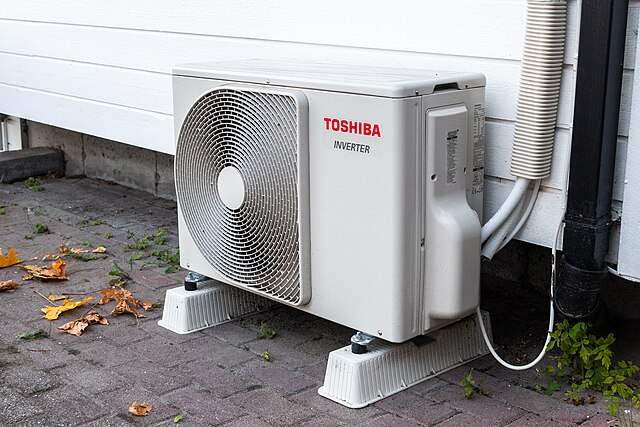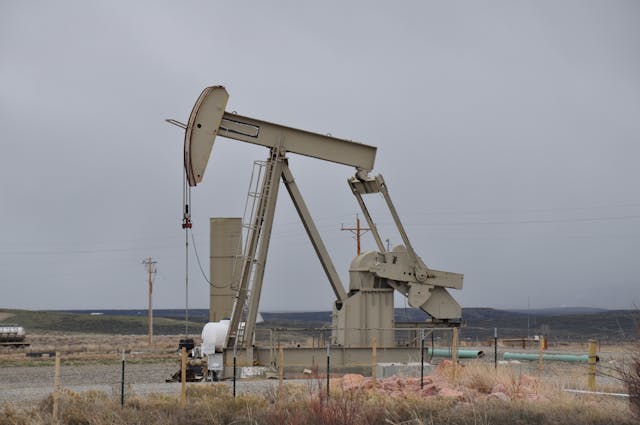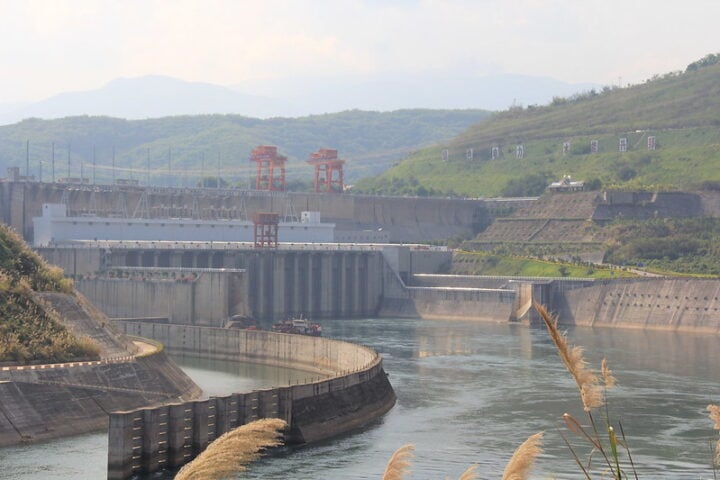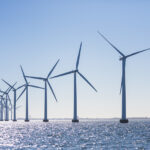The world’s first alpine floating solar park at Lac des Toules in Western Switzerland produced less energy than expected during its initial three-year run, Romande Energie reported in June 2023.
The 2,240-square-meter installation, featuring bifacial solar panels spread across 35 floating structures, started operations in December 2019 at 1,810 meters above sea level. Early trials between 2013 and 2019 projected 50% higher electricity output compared to sea-level installations. However, actual production averaged 1,400kWh per kWc installed, falling short of the anticipated 1,800kWh.
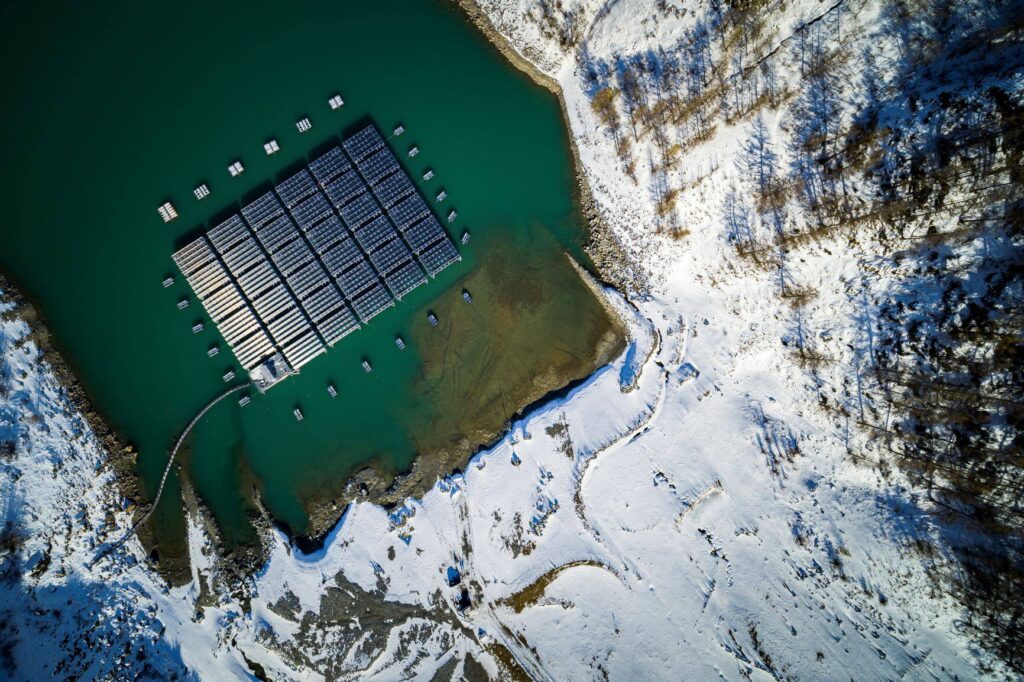
“We believe in the large-scale project and even plan to develop alpine solar energy on other artificial lakes in Switzerland,” said Guillaume Fuchs, co-director of the Energy Solutions Business Unit at Romande Energie. The company attributes the lower output to multiple factors: winter production focus, panel shading issues, and snow-related complications that damaged some photovoltaic panels.
The CHF 2.35 million project currently generates 800,000 kWh annually, powering 220 households. The installation operates through an innovative design – polyethylene floats supporting an aluminum frame with two-sided glass solar panels, covering less than 2% of the lake’s surface.
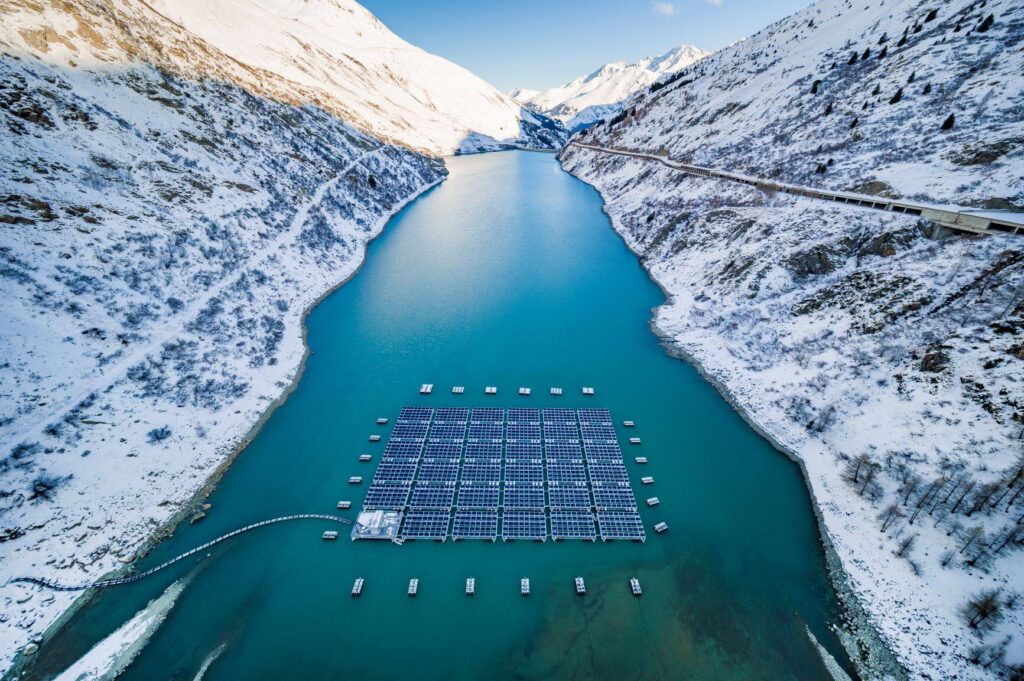
The system adapts to the reservoir’s seasonal changes, floating during filled periods and resting on the lakebed when drained between November and March. “Installing solar panels on a lake could indeed disrupt the ecosystem in a normal lake, but it’s different for reservoirs that are completely drained every year. Here, the solar panels have very little environmental impact,” explained Karin Söderström, energy research specialist at the Swiss Federal Office of Energy.
Similar Posts
The Alpine location offers distinct advantages. Cold temperatures improve photovoltaic cell efficiency, while stronger UV rays and snow reflection boost energy capture. The two-sided panels utilize reflected light to self-clear snow accumulation.
Local officials see broader benefits. “Here at the end of the valley, we live off what few natural resources we have – sunshine, water and wind… This project is good for our energy independence – but also for our economic survival as a region,” said Gilbert Tornare, mayor of Bourg-Saint-Pierre.
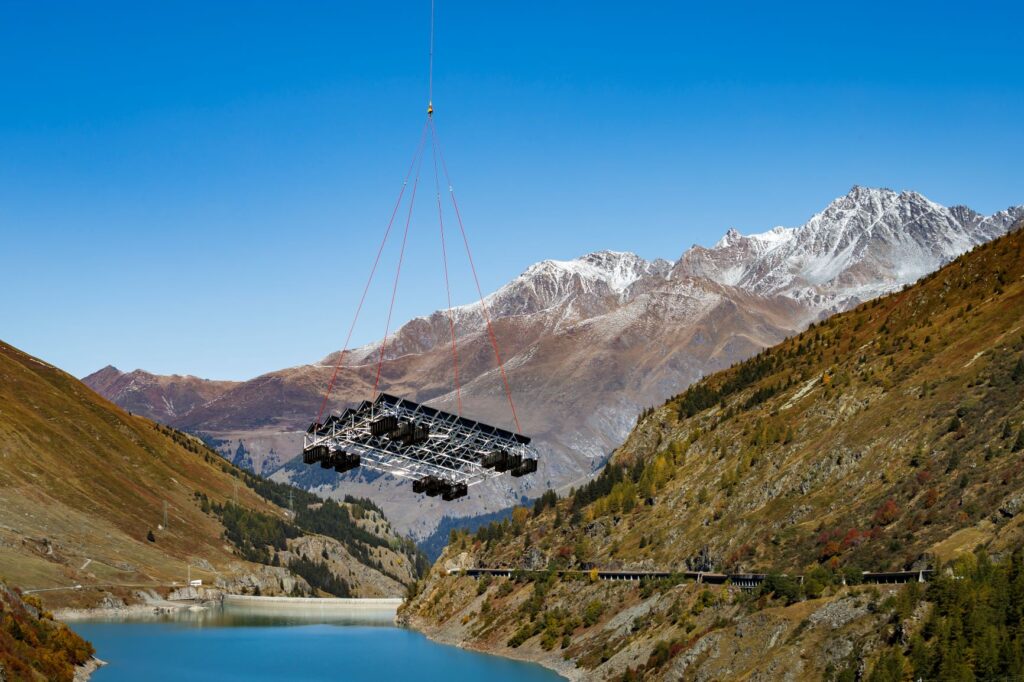
Romande Energie plans to expand the installation significantly. Their next phase aims to produce 22 million kWh yearly, enough for 6,100 households. The project received the 2021 Watt d’Or award in the Renewable Energy category from the Swiss Federal Office of Energy.













